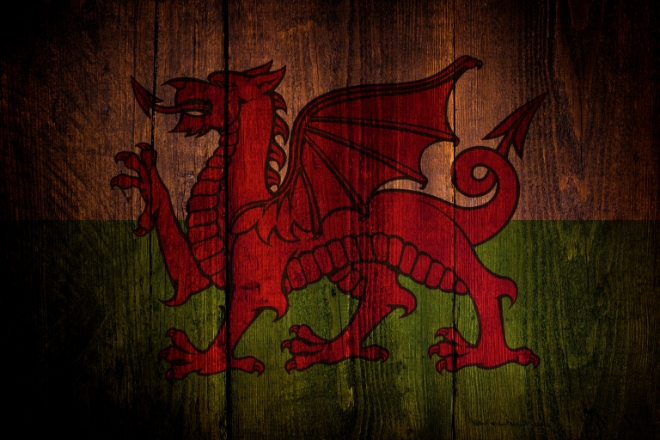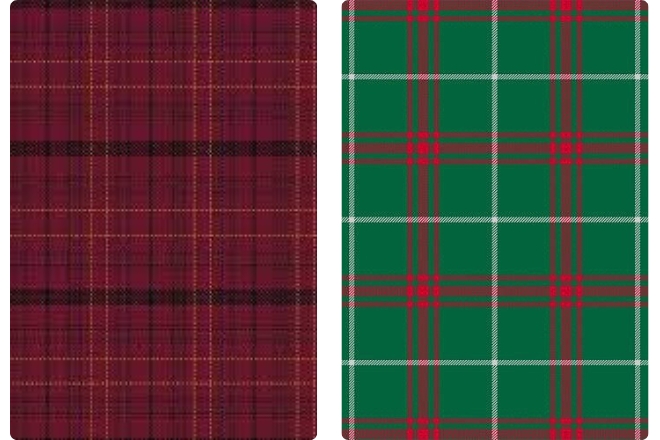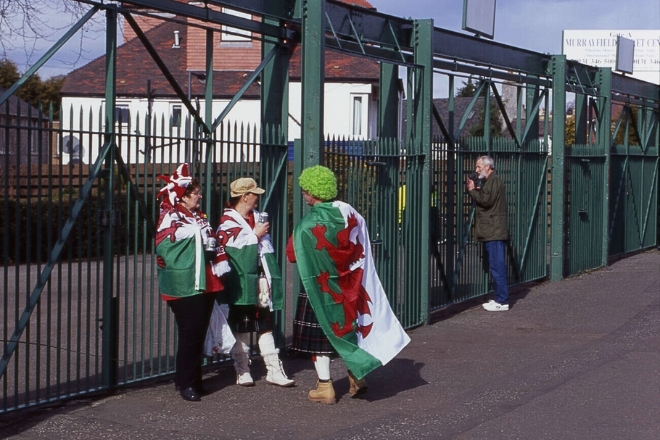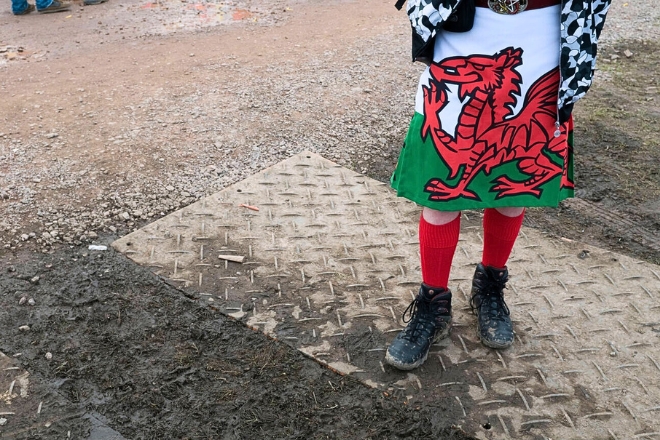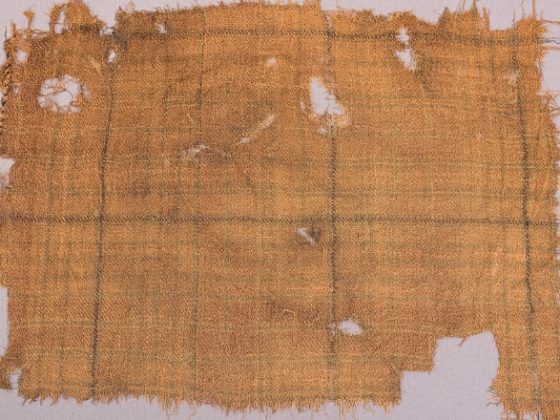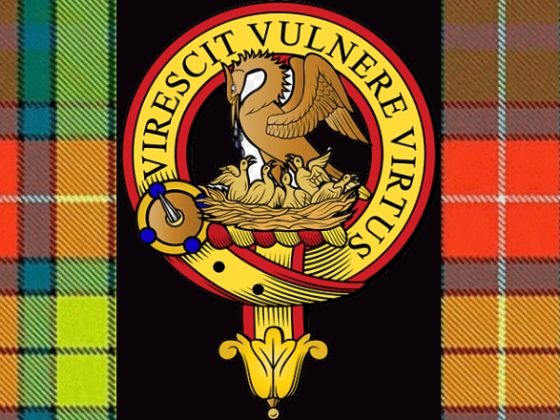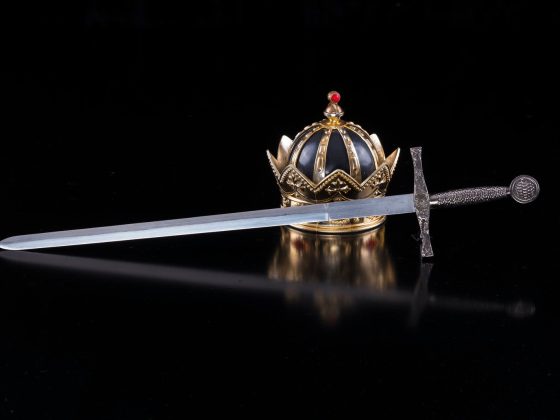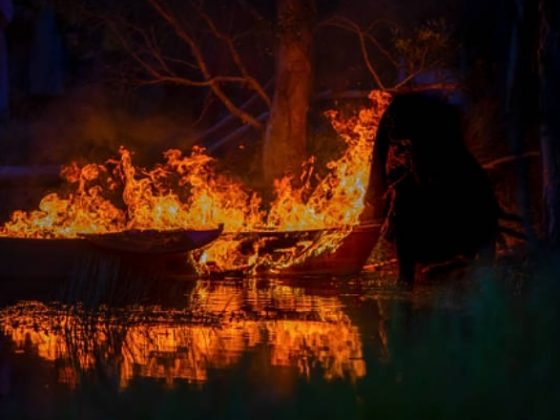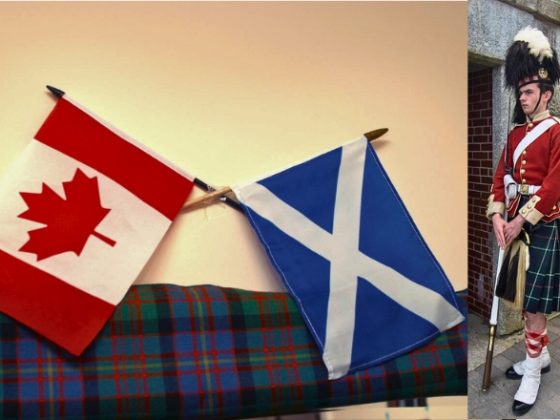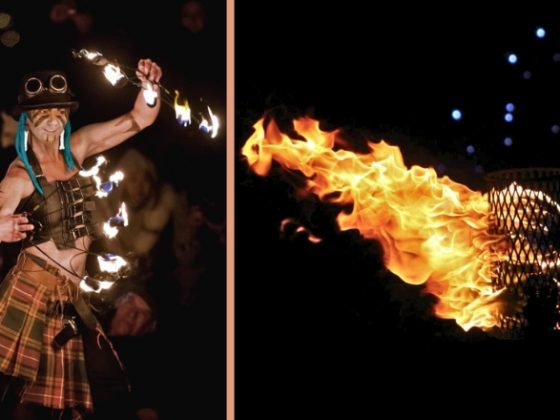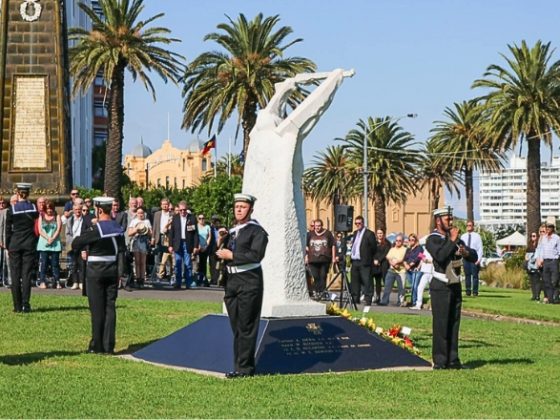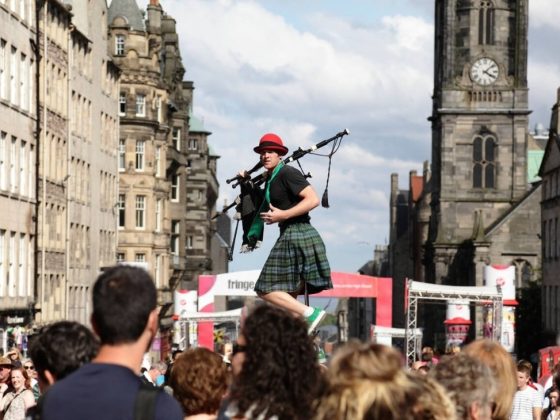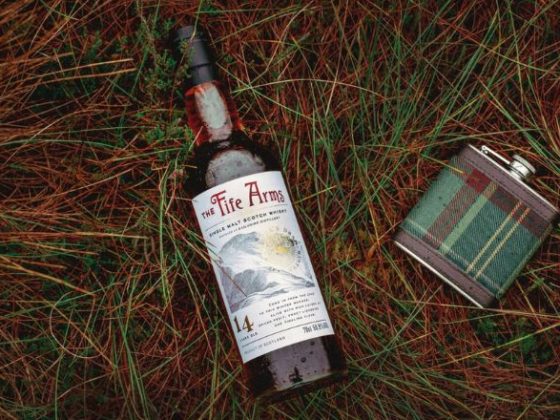Threads of Wales: The Welsh Tartans
Around some 100 years ago, the history of these welsh tartans and Cilts were not the same. Now you might be considering why it is with “C” not with “k” because the wales did not have a “k” in their alphabets and they pronounce cilts instead of kilts.But that’s not what we were discussing, actually with an increase of interest and curiosity people had about Scottish and Irish traditions make Wales take a stand and introduce their own tartans which is not so long ago it just started back then in 2000.
When they first acknowledged their own tartans but that was also not the first time they came into existence. They even existed before that and had so many tragic happenings in the past regarding these tartans , so to find out more about this, stick till the end of the blogpost
History of Welsh Tartans:
Originating in the 12th century, the ‘Bedfordshire Check’ emerged as one of the earliest known Welsh tartan patterns. One notable Welsh tartan pattern is the “Bedfordshire Check.” This pattern, consisting of intersecting lines in shades of red, yellow, and black, was commonly used in the Welsh county of Bedfordshire during the 18th and 19th centuries. It gained popularity for its distinctive and eye-catching design. Another important Welsh tartan is the “Prince of Wales Tartan.” This tartan pattern, traditionally associated with the Prince of Wales. It holds historical significance and is often used to represent the connection between the Welsh people and the British monarchy.
However, it was in the 19th century that Lady Llanover (she was a prominent figure in Welsh textile history, played a crucial role in reviving traditional Welsh textiles, including tartans. Lady Llanover, also known as Augusta Hall, resided in Monmouthshire during the 19th century), Her efforts led to the creation of the renowned ‘Llanover Tartan’ and the establishment of Llanover Tweed, renowned for producing high-quality wool fabrics.
And today In Lampeter, Wales, the Welsh Tartan Centre serves as a custodian of the diverse range of Welsh tartans and plaids. The centre houses an extensive collection of tartan samples, preserving the historical significance and craftsmanship of Welsh textiles. It provides a valuable resource for researchers, enthusiasts, and individuals seeking to explore and celebrate the rich heritage of Welsh tartan.
The Celts in Wales:
The Celts, an ancient European people predating the Roman era, have ancestral ties to various present-day nations. Their historical documentation reveals motifs that resonate with modern cultures and religions. The Celts migrated extensively, establishing a significant presence in several countries. Among these, Wales stands out as a place where the Celtic culture and heritage have had a lasting impact.
Unravelling the Difference: Welsh Tartans vs. Scottish Tartans:
- Welsh tartans hold a unique place in the realm of traditional attire, distinct from their Scottish counterparts. The concept of tartan has long been associated with Scotland. However, the development and historical significance of Welsh tartans provide a fascinating narrative of cultural identity and regional pride.
- The origins of Welsh tartans can be traced back to the 19th century, a period when the popularity of tartan patterns surged across Britain. Unlike the extensive system of Welsh clans in Scotland, Welsh tartans are primarily associated with specific geographical areas, districts, or institutions rather than familial ties.
- These tartans often incorporate colours and patterns inspired by the local landscape, historical events, or regional identities.
- Distinct features set Welsh tartans apart from Scottish tartans. While Scottish tartans typically consist of vertical and horizontal stripes, Welsh tartans often feature check patterns with a combination of square and rectangular shapes.
- The colour palettes of Welsh tartans tend to be earthier and subdued compared to the vibrant hues commonly found in Scottish tartans.
- The variations in Welsh tartans reflect the cultural nuances and regional pride within Wales. For instance, tartans associated with specific regions like Glamorgan, Pembrokeshire, or Gwynedd represent local identities and historical ties to those areas.
- Tartans associated with Welsh institutions, such as universities or military regiments, foster a sense of collective belonging and shared values.
Highland wear accessories in Welsh traditional attire play a significant role in distinguishing them from Scottish and Irish designs. The sporran, a pouch worn on a belt, often exhibits Welsh symbols like the Welsh dragon. Additionally, Welsh kilts may incorporate unique belt buckles and brooches adorned with Welsh motifs, showcasing a distinct national identity.
Welsh Tartans by Surname:
Welsh tartans by surname provide a modern way for individuals to express their Welsh heritage. These welsh plaids incorporate colours and patterns associated with surnames, adding a personal touch to traditional attire. By weaving family tartan’s history into the fabric of Welsh culture, Welsh tartans by surname create a unique and meaningful identity. This personalised approach enhances the cultural significance of Welsh tartans, connecting wearers with their heritage in a distinct and individualised manner.
Welsh Kilts and Accessories - Plaids or Tartans in Wales
Welsh kilt accessories often feature the red Welsh Dragon, a symbol displayed on the Welsh flag. These accessories commonly use gold as the metal of choice, representing the red colour of the Welsh Dragon. An alternative option is a Kilt Sporran with a laser-etched Welsh Dragon design.
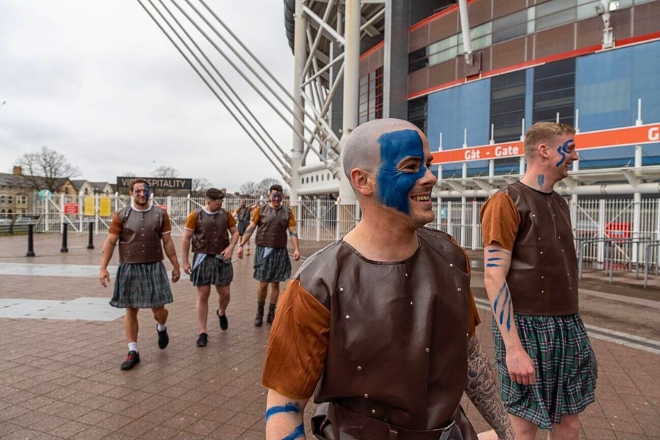
Welsh tartans, woven exclusively in Wales at the Cambrian Woollen Mill, are known for their uniqueness. This historic mill, over 185 years old, supports local craftspeople and is one of the last remaining woollen mills in Wales. There are 20 registered Welsh tartans, which have gained popularity since their design in 2000. If you’re interested in Welsh tartans or accessories, we are here to help. Explore our special Welsh Kilts for formal wear. Cheers!
“FAQ’s”
Who can wear Welsh tartan?
Welsh tartan can be worn by anyone who wishes to embrace Welsh heritage or has a personal connection to Wales. It is not limited to a specific group or nationality.
What is the most prominent Welsh symbol?
The most prominent Welsh symbol is the red dragon, also known as “Y Ddraig Goch” in Welsh. It is featured on the national flag of Wales and represents Welsh identity, courage, and strength.
What's the difference between a kilt and a tartan?
A kilt is a traditional Scottish garment, while tartan refers to the patterned fabric typically associated with kilts. Kilts are pleated skirts made from tartan fabric, and they are often worn by men as a symbol of Scottish heritage. Tartan, on the other hand, can be used to make various clothing items or accessories beyond kilts.
Are kilts the traditional welsh outfits?
No, kilts are not traditional Welsh attire. Welsh tartan trousers are worn by men, while the Welsh lady’s costume is traditional for women in Wales.
What is the Welsh royal symbol?
Wales does not have its own distinct royal symbol. Historically, when Wales was a principality, the Prince of Wales would use the Royal Arms of the United Kingdom, which includes various elements such as lions, fleur-de-lis, and harps.

